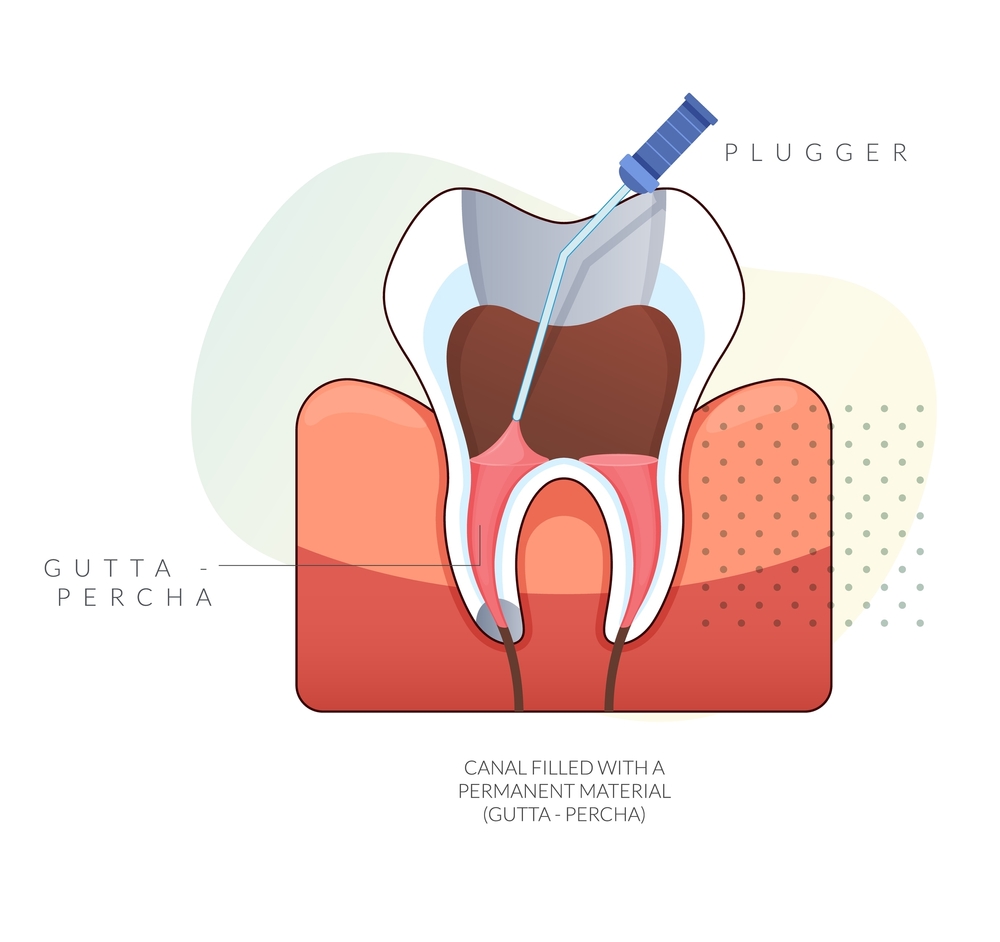Dead Tooth Root Canal Before And After
A dead tooth often requires a root canal to remove infected tissue and prevent further complications. The procedure can restore function and alleviate pain, leaving the tooth intact.
A dead tooth can be a source of significant discomfort and may lead to more serious dental issues if untreated. Root canal therapy is a common solution, effectively removing infection from within the tooth. Patients often wonder about the process and what to expect before and after the treatment.
Understanding the benefits and care involved can ease concerns. This guide explores the steps of a root canal and highlights the improvements patients often experience post-procedure. Discover how this treatment can save your tooth and enhance your oral health.
The Silent Threat Of A Dead Tooth
A dead tooth can cause many problems. It may not hurt at first. Signs include discoloration and swelling around the tooth. Bad breath can also occur. These symptoms show that a root canal might be needed.
Ignoring a dead tooth can lead to serious health issues. Bacteria can spread to other teeth. This may cause infections or abscesses. Infections can affect your overall health. Regular dental visits help catch these problems early.
| Signs and Symptoms | Potential Health Impacts |
| Discoloration | Spread of bacteria |
| Swelling | Infections |
| Bad breath | Abscesses |
Root Canal Therapy: A Lifeline For Your Smile
Root canal therapy saves teeth from infection and decay. It treats the pulp, the soft tissue inside the tooth. This procedure helps keep your smile healthy.
Myths about root canals often scare people. Many believe it is a painful process. In reality, local anesthesia makes it comfortable. Another myth is that root canals lead to tooth loss. In fact, they help keep your natural tooth.
| Myth | Fact |
| Root canals are painful. | They are done under anesthesia and are mostly painless. |
| All root canals result in tooth loss. | They actually help save your natural tooth. |
| Recovery is long and difficult. | Most people feel better within a few days. |
Before The Procedure: Preparing For A Transformation
Before starting a root canal, a consultation is very important. A dentist will check your tooth. They will take X-rays to see the damage. This helps them understand what to do.
Setting realistic expectations is key. You might feel some discomfort. Pain relief options will be discussed. The dentist will explain the procedure step by step. Knowing what to expect helps reduce anxiety. Understanding recovery time is also essential.
After the consultation, you’ll be ready for the transformation. A successful root canal can save your tooth. It improves your oral health and reduces pain.
The Procedure: Step-by-step
The root canal procedure starts with the dentist numbing the area. This helps reduce any pain. Next, the dead tissue is removed from the tooth. The dentist uses special tools for this step. Cleaning the canal is essential to remove bacteria. The dentist will then shape the canal for sealing.
After cleaning, the canal must be sealed properly. A special material fills the space. This helps prevent future infections. X-rays may be taken to check the progress. The final restoration of the tooth follows. This may include a crown for protection. A healthy tooth can last many years with proper care.
After The Procedure: Recovery And Care
After a root canal, immediate aftercare is essential for quick recovery. Avoid hard foods for the first few days. Take prescribed medications to manage any pain. Keep the area clean by gently brushing around the treated tooth.
Long-term maintenance is crucial to prevent future problems. Schedule regular dental check-ups every six months. Brush twice daily and floss at least once. Use an antibacterial mouthwash to help reduce bacteria.
Watch for signs like pain or swelling. Contact your dentist if any issues arise. Following these steps ensures a healthy and strong tooth after a root canal.
Common Concerns Addressed
Pain management is crucial for anyone undergoing a root canal. Patients often worry about discomfort during and after the procedure. Dentists use local anesthesia to numb the area. This helps to ensure a painless experience. Some patients may feel slight pressure, but pain is minimal.
After the procedure, over-the-counter pain relievers can help. Pain typically decreases within a few days. Always follow your dentist’s advice for the best results.
Maintaining Your New Smile
Regular dental check-ups are essential for maintaining your new smile. Visit your dentist at least every six months. They will check for any issues and clean your teeth. Early detection of problems can save you time and money.
Daily oral hygiene practices are crucial after a root canal. Brush your teeth at least twice a day. Use fluoride toothpaste for better protection. Floss daily to remove food particles and plaque. Rinse with an antibacterial mouthwash to keep your mouth fresh.
Following these steps will help you maintain a healthy smile for years. A little effort goes a long way in ensuring dental health.
Westwood Gardens Dental Clinic: One of the best dental clinics in Richmond Hill, Ontario
For those in Richmond Hill, Ontario, Westwood Gardens Dental Clinic is a trusted provider of high-quality dental care, including partial dentures. Call them today at 647-905-7303 or email info@westwoodgardens-dental.ca to schedule a consultation. You can also visit their clinic at Unit 18, 8868 Yonge St, Richmond Hill, ON, L4C 1Z8 for a comprehensive assessment and personalized treatment plan.
Frequently Asked Questions
What Is A Dead Tooth?
A dead tooth refers to a tooth that has lost its blood supply. This condition often results from trauma, decay, or infection. Without proper blood flow, the tooth can become discolored and painful. Treatment options typically include root canal therapy to save the tooth.
How Is A Root Canal Performed?
A root canal involves removing the infected pulp from the tooth. The dentist cleans and shapes the root canals, then fills them with a biocompatible material. Finally, the tooth is sealed to prevent further infection. This procedure relieves pain and preserves the tooth’s function.
What To Expect After A Root Canal?
After a root canal, patients may experience some discomfort. This is usually mild and manageable with over-the-counter pain relief. Swelling and sensitivity can occur but typically subside within a few days. Follow-up visits may be necessary to ensure healing and proper restoration.
How Long Does Recovery Take?
Recovery from a root canal usually takes a few days. Most patients return to normal activities within 24 hours. However, complete healing of the surrounding tissues may take a couple of weeks. It’s essential to follow your dentist’s post-operative care instructions for optimal recovery.
Conclusion
A root canal for a dead tooth can restore your smile and dental health. Understanding the process helps ease concerns about treatment. Post-procedure care is crucial for recovery and long-term success. Always consult your dentist for personalized advice. With proper care, your tooth can function well for years to come.




